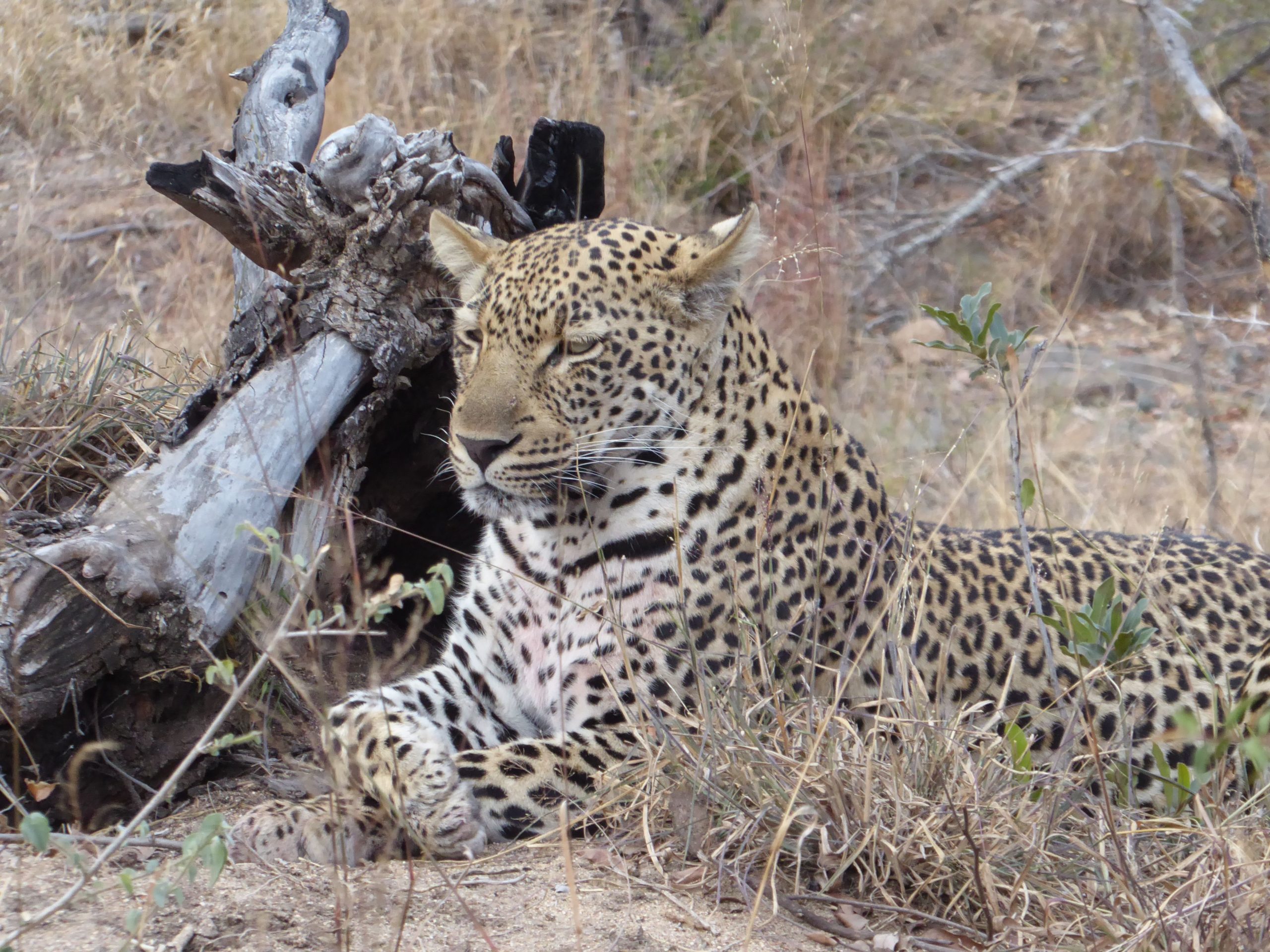Leopard spots are meant to provide camouflage, but they ironically endanger the species. Leopard pelts or prints entered Western fashion in 18th-century France. They were seen as symbols of wealth and luxury, but also of chastity. Centuries later, when Jacqueline Kennedy sported an Oleg Cassini-designed leopard coat, she started a fashion trend that killed an estimated quarter of a million leopards. In 2017, conservationist Good Markides suggested a “species royalty” be adopted in which a tiny sum would be paid every time someone used a symbol of an endangered animal. Panthera, a nonprofit dedicated to protecting big cats, has supported the cause. Oleg Cassini himself, who died in 2006, eventually became an advocate for fake fur. Safari Professionals is also an advocate for the conservation of wildlife, see the Impact On Africa page for more details.

Key Takeaways:
- The spots seen on a leopard have actually evolved as a form of camouflage over time.
- Leopard skin has been used for many different things in the past such as clothing for humans in the millenia.
- If you see the representation of a fringe towards the bottom of a piece of clothing, it’s probably fake and not real fur.
“The garment may be made from the skin of a leopard, but it may also be trompe-l’oeil: the Egyptians not only wore leopard pelts but also painted linen with spots to resemble them, or wove the pattern into woollen fabric, according to Shannon Bell-Price and Elyssa Da Cruz, the authors of an essay in “Wild: Fashion Untamed,” a publication to accompany a show that opened in 2004 at the Metropolitan Museum of Art.”
Read more: https://www.newyorker.com/magazine/2022/03/28/should-leopards-be-paid-for-their-spots


